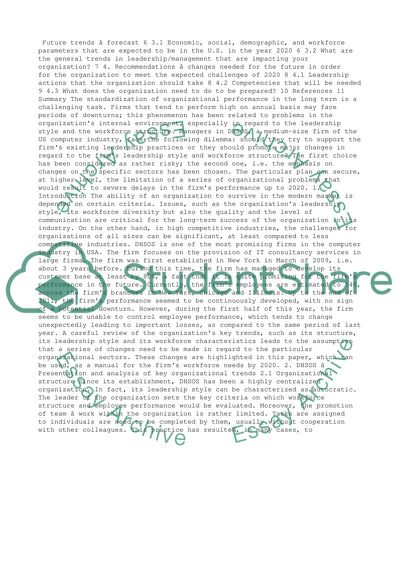Cite this document
(“Workforce 2020 Executive Report - DHSOS Assignment”, n.d.)
Workforce 2020 Executive Report - DHSOS Assignment. Retrieved from https://studentshare.org/business/1453291-workforce
Workforce 2020 Executive Report - DHSOS Assignment. Retrieved from https://studentshare.org/business/1453291-workforce
(Workforce 2020 Executive Report - DHSOS Assignment)
Workforce 2020 Executive Report - DHSOS Assignment. https://studentshare.org/business/1453291-workforce.
Workforce 2020 Executive Report - DHSOS Assignment. https://studentshare.org/business/1453291-workforce.
“Workforce 2020 Executive Report - DHSOS Assignment”, n.d. https://studentshare.org/business/1453291-workforce.


